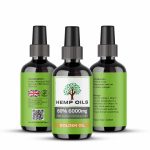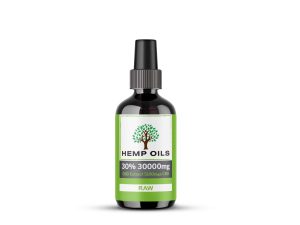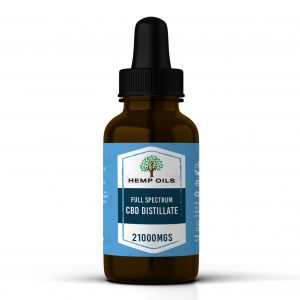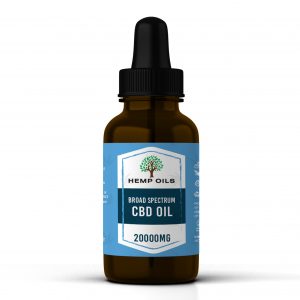Understanding the Shelf Life of Hemp Oil: An Informative Guide ===
Hemp oil, derived from the seeds of the hemp plant, is known for its numerous health benefits. However, like any other oil, it has a limited shelf life. Understanding the factors that influence the shelf life of hemp oil and the signs of spoilage is crucial to ensure its maximum freshness and potency. In this informative guide, we will explore the shelf life of hemp oil, the factors that affect its longevity, best storage practices to extend its shelf life, and how to recognize signs of spoilage.
Factors Influencing the Shelf Life of Hemp Oil: A Closer Look
Several factors play a significant role in determining the shelf life of hemp oil. The most critical factor is the quality of the oil itself. High-quality hemp oil, produced using proper extraction methods and stored correctly, will have a longer shelf life compared to lower quality counterparts. Additionally, exposure to light, heat, and air can accelerate the degradation process, leading to a shorter shelf life. Furthermore, the presence of contaminants such as moisture and impurities can also affect the oil’s stability and ultimately its shelf life.
Extending the Shelf Life of Hemp Oil: Best Storage Practices
To extend the shelf life of hemp oil, proper storage practices are essential. The ideal storage conditions for hemp oil include keeping it in a cool, dark place away from direct sunlight or heat sources. Exposure to light and heat can degrade the oil and reduce its freshness. Additionally, it is crucial to seal the container tightly to prevent air from entering and causing oxidation. Refrigeration is also an option, especially in warmer climates, as it can slow down the degradation process. However, it is important to note that refrigerated hemp oil may become thicker, but this does not affect its quality.
Recognizing Signs of Spoilage: How to Determine if Hemp Oil Has Gone Bad
Despite proper storage, hemp oil can still spoil over time. It is important to recognize the signs of spoilage to avoid consuming rancid oil. The first noticeable sign is a change in odor and taste. If the oil smells rancid or has a bitter, unpleasant taste, it is a strong indication of spoilage. Additionally, visual cues such as discoloration or the presence of mold should not be ignored. If the oil appears cloudy or has visible particles, it is best to discard it. It is crucial to note that consuming spoiled hemp oil can lead to adverse health effects, so it is always better to err on the side of caution.
===
In conclusion, understanding the shelf life of hemp oil and how to maintain its freshness is vital to ensure its optimal quality and health benefits. By considering factors such as oil quality, storage conditions, and signs of spoilage, users can make informed decisions about the usability of their hemp oil. Adhering to best storage practices, including keeping the oil away from light, heat, and air, and checking for signs of spoilage regularly, can help extend the shelf life and ensure the oil remains safe for consumption. Remember to always consult the product’s label or manufacturer for specific storage instructions to maximize the shelf life of your hemp oil.




